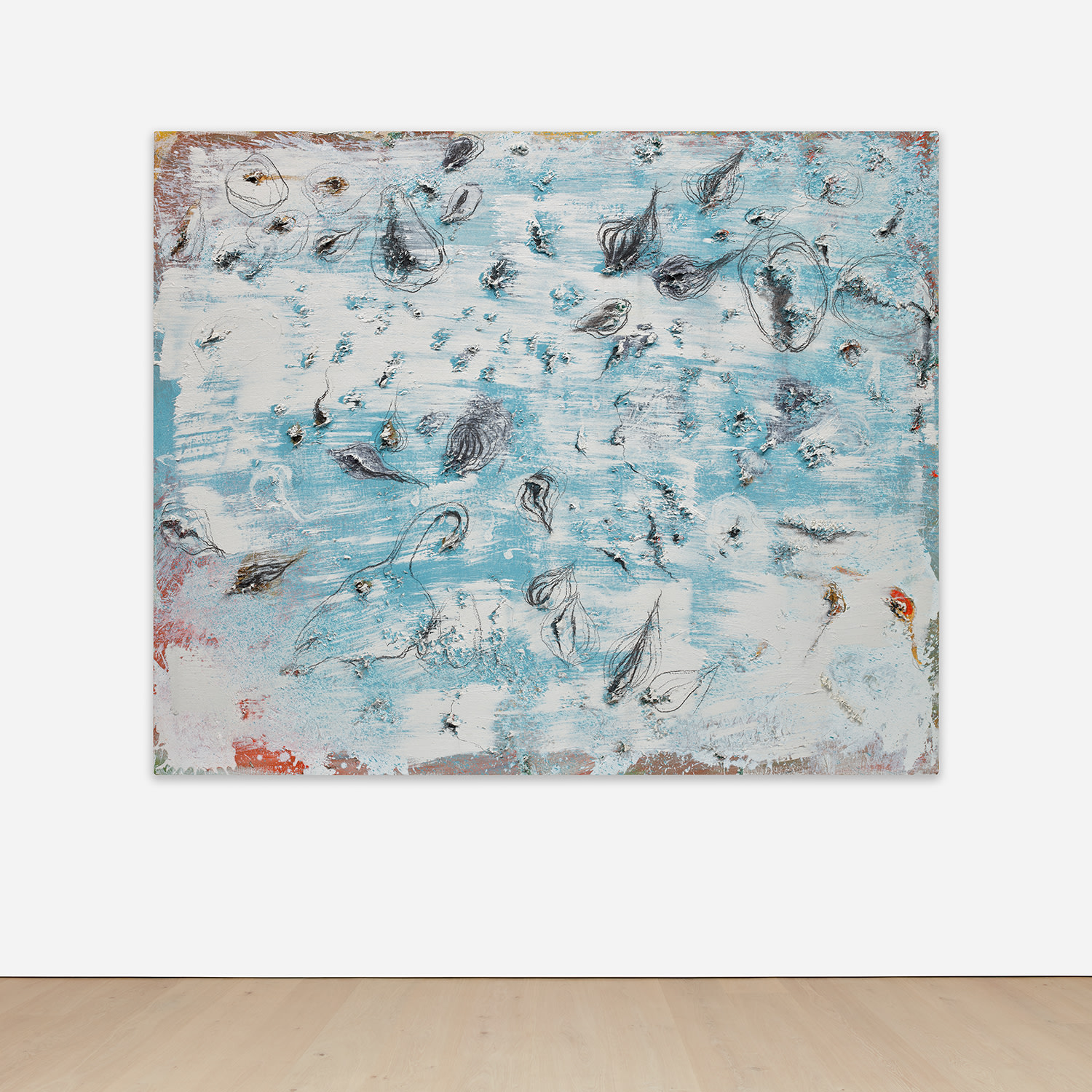



373
Miquel Barceló
Ull de Perdiu
Further Details
Full-Cataloguing
Miquel Barceló
Spanish | 1957Drawing inspiration from work by Diego Velázquez and art-making practices of the Avant-garde, Miquel Barceló is perhaps most popular for his hybridization of traditional Spanish figurative aesthetics and thick, abstract brushstrokes. Barceló is inherently drawn to that which is multimedia, having received training in installation work, painting and ceramic. This ability to work across various mediums comes from the artist's hunger for travel and exploring new lands.
Currently based between Mallorca, Mali and Paris, Barceló incorporates the visual aesthetics of his disparate countries seamlessly into his work. The artist's concern involves how to translate different modes of travel and culture into art-making. One recurring topic in his body of work is the ocean — the ultimate symbol of movement, displacement and the unknown.